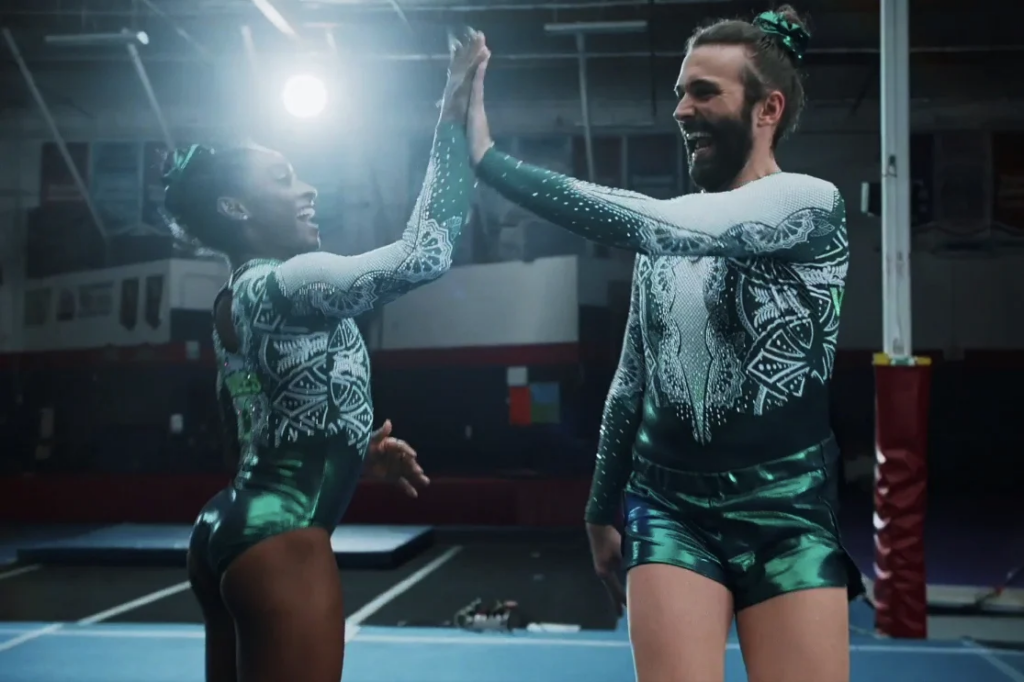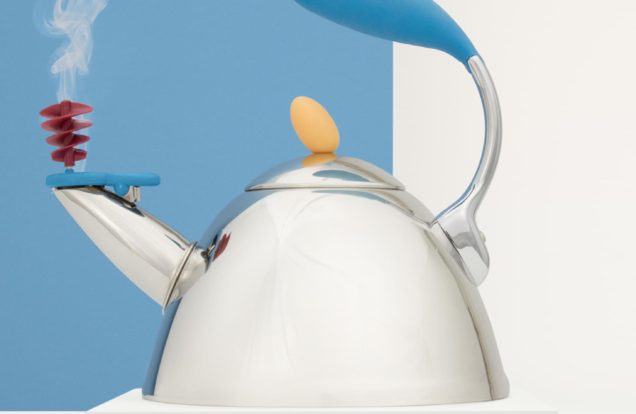UBER EATS IT
Pigeonholing Jonathan Van Ness & Simone Biles
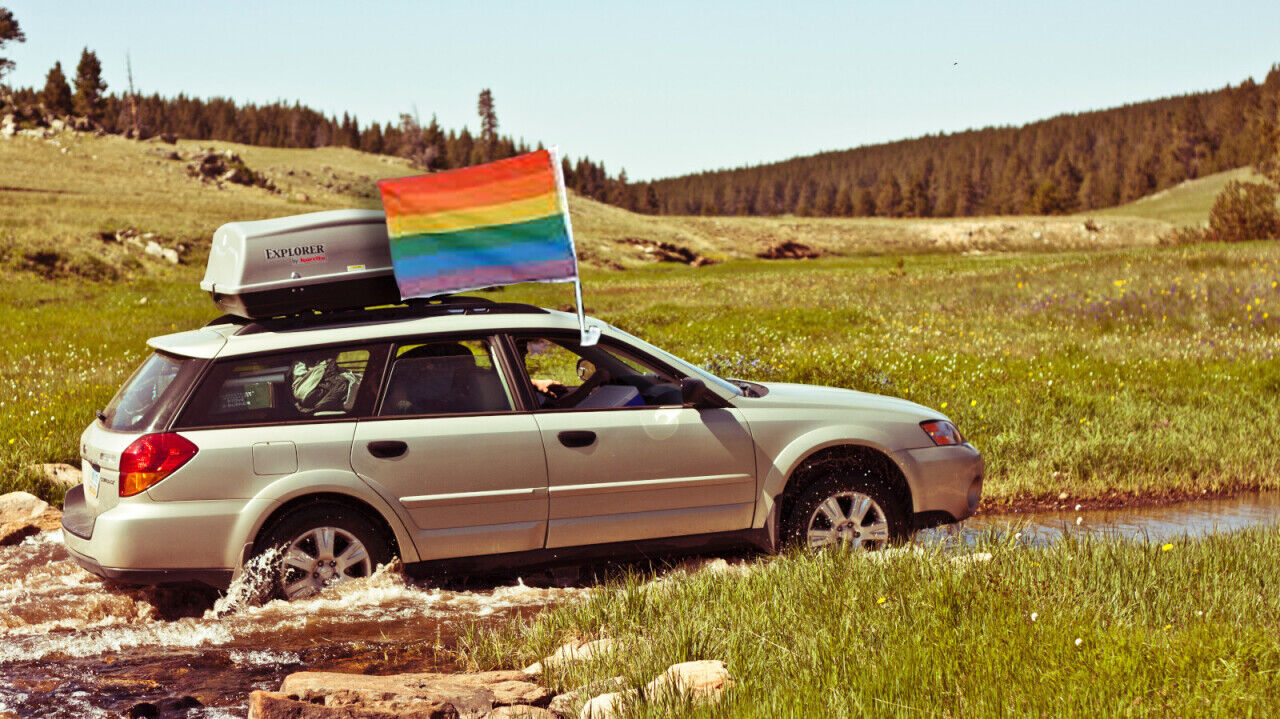
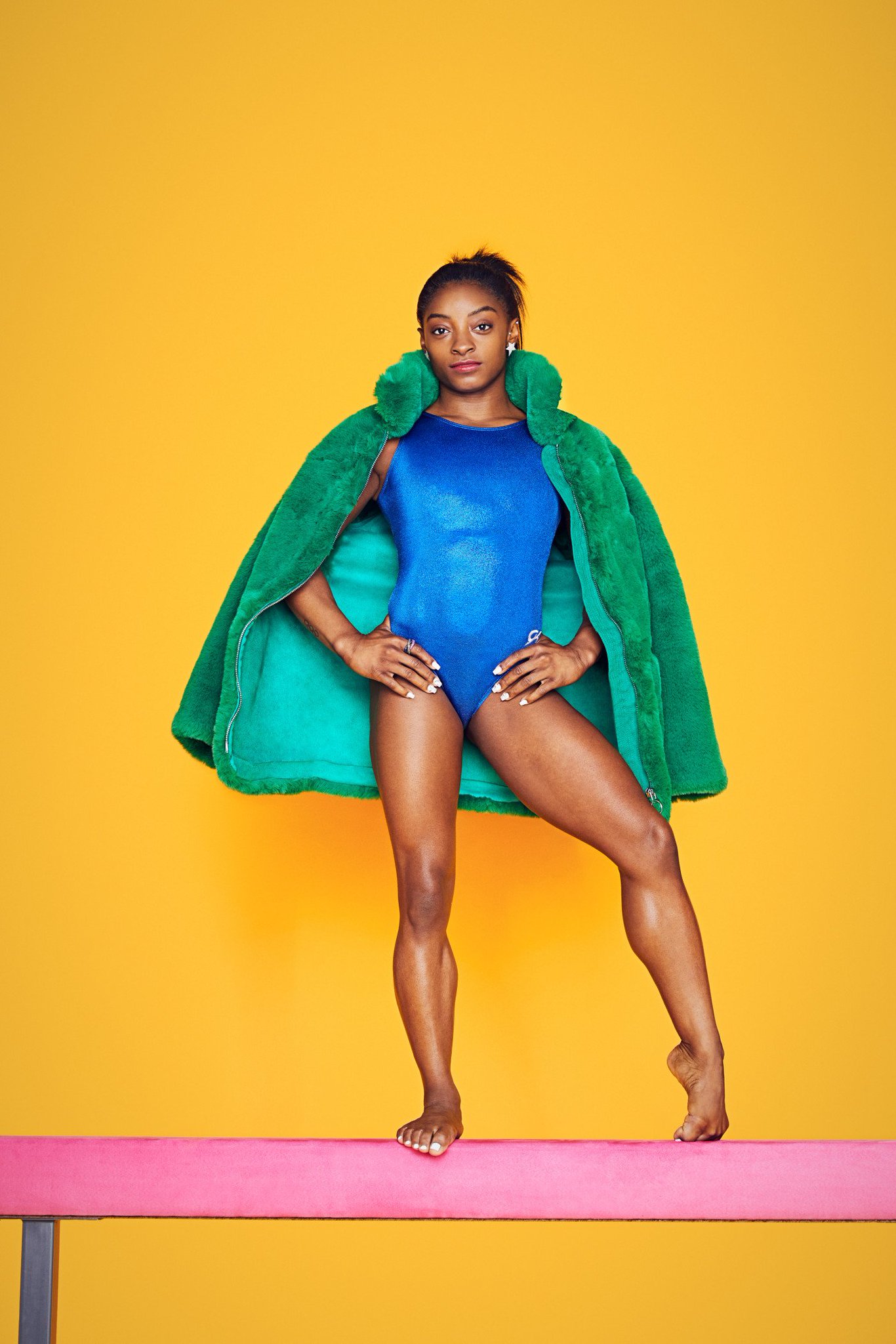
How did America’s most decorated female gymnast find herself in the midst of a media maelstrom? That’s what Olympian Simone Biles must be asking herself (and her agent). The 23-year-old stars in the Uber Eats ad campaign entitled ‘Tonight I’ll Eat’ appearing alongside Jonathan Van Ness, the Queer Eye sensation who identifies as non-binary. The pairing is unexpected to say the least. While the ads are light-hearted and aim to convey the diversity of the meals you can order through the food delivery service, no one seems more turned off to her leotard-wearing co-star than Simone herself. Her on-screen reactions to Van Ness’ over-the-top character may just mirror the public’s. But that depends on what segment of the public you’re talking to.
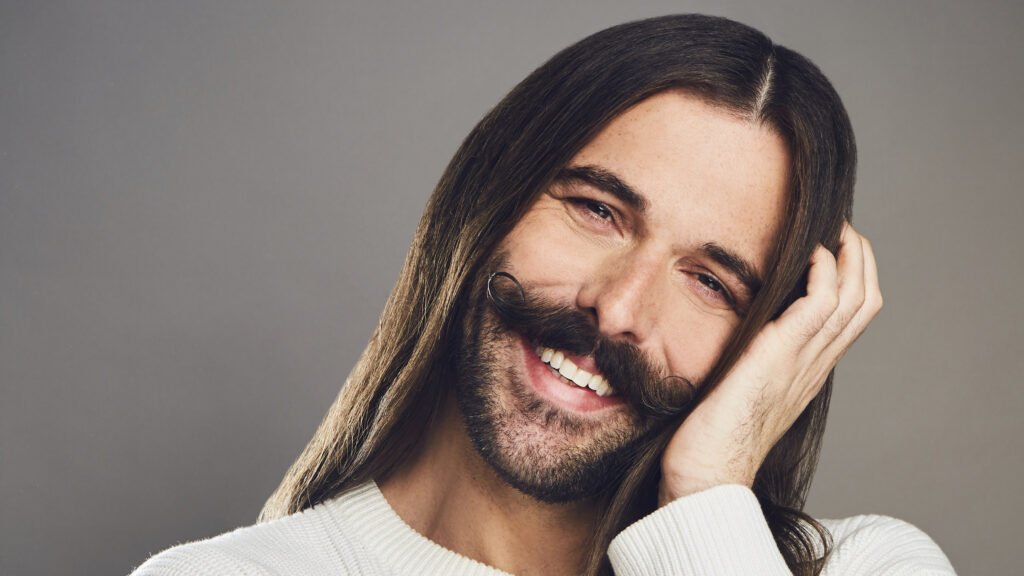
By very nimbly dividing the population into groups with shared interests and characteristics, Uber has been able to target various segments of the consumer market efficiently and effectively. As a result, the company has achieved the kind of awareness that most brands only dream of, and few have achieved – its name has not only become a verb, it’s become a synonym for the entire ride-share category – not unlike what Band-Aid, Kleenex and Xerox have achieved in their respective categories
With universal awareness like that, it’s not surprising that the company developed a brand extension and created Uber Eats. Besides enjoying the halo-effect of the Uber brand, the food delivery service reaped a bonanza from shelter-in-place. According to SFiST, their business is up 190% this year, yet the company still lost nearly $6 billion. That’s where the old adage “there’s no such thing as bad publicity” may come in. Their ads featuring Biles and Van Ness may appeal to the young, urban target that most likely represents the low hanging fruit of their marketing strategy (and the foundation of Uber Eats future growth), but it hasn’t come without a price.
One Million Moms, the conservative media watch-dog group, has taken notice. While most American moms monitor their kids’ candy consumption and homework, according to its website, these Moms monitor “the immorality, violence, vulgarity and profanity that the entertainment media is throwing at your children.” If Kelly Loeffler and Mike Pence had had a baby it would be the One Million Moms. When the group got a hold of the new Uber Eats ads, they went wild. “Casting a cross-dresser in its ads screams liberal agenda,” their website claims, castigating, “Shame on Uber Eats for attempting to brainwash viewers. For anyone curious or struggling with his or her sexual identity, watching someone prance around in the opposite sex’s clothing is not the answer.” According to their site, the answers to the “tough questions” about gender and sexuality can be found in the bible.
Ms. Biles responded to the criticism on her Twitter account: “The world we live in makes me sad, but I’d do x1000000 more commercials with you just to piss everyone off! The LGBTQIA will always have my support and feel welcome on my socials.”
Viola! Suddenly more people know about Uber Eats than ever before. The question that nags at me is what was Uber Eats’ game plan? The company maintains that it is “unapologetically committed to representing the flavor spectrum. From tacos to talent, we like it spicy.”
If that’s what they like, that’s what they got in Van Ness who is not only openly non-binary, but also openly HIV-positive. What was it that drew Uber to using him as a spokesman? Was it to stand in solidarity with the trans community, which according to the Williams Institute at the UCLA Law School represents .004% of the US population, or was it to use that community as a pawn, a totally different kind of gambit for a totally different kind of queen? Requests for an interview with Uber went unanswered.
Watching these spots made me wonder what effect they have on the public at large. Is that what straight people think the whole gay community is like? I’ve pondered the same thought while watching news coverage of Gay Pride parades when the cameras tend to linger on outrageous drag queens, heavy-duty leather boys, dykes on bikes and other stereotypical caricatures of the modern gay experience. Where are the lipstick lesbians? Where are the Pete Buttigieg and Steve Kornacki types?
Popular culture has done a lot to dispel these stereotypes. Films and plays like Brokeback Mountain, Call Me by Your Name, Angels in America and Fun Home, provide general audiences with realistic glimpses of LGBT life. But at the other end of the spectrum are productions like Priscilla Queen of the Desert, The Bird Cage, and Kinky Boots that pander to broad audiences by glorifying gay stereotypes. There was a time in the late 80s and early 90s when it seemed that every big-budget movie with a gay character starred Harvey Fierstein. It got to the point where he’s been referred to as the gay Stepin Fetchit, a popular African American film star in the 1930s and 1940s best known for playing stereotypically lazy, dim-witted characters. While multi-talented, the Tony Award-winning Fierstein has never been known for his nuanced performances.
Stereotypes in advertising are nothing new, just ask a woman. For years women have been oversexualized and marginalized. Remember Coca-Cola’s ‘Brutally Refreshing’ Sprite ads in 2016, which targeted men with shockingly sexist ads with headlines that included “A 10 at 2 is a 2 at 10”, “You’re not popular, you’re easy” and “She’s seen more ceilings than Michelangelo”?
Sometime In the mid-90s Subaru discovered that lesbians loved their rugged, dependable vehicles so much they were four times more likely to buy one than the average consumer. The car-maker returned the love with a series of ads targeting their girl crushes. Subaru, whose name is the Japanese name for the Pleiades constellation (often called the Seven Sisters), was a trailblazer in marketing to gay audiences. While it’s hard for young audiences to imagine, 25 years ago the LGBT cause only mattered to the LGBT community. “Don’t Ask, Don’t Tell” was de rigueur in the military, while in the halls of Congress, the Defense of Marriage Act was being passed. The closest thing to gay TV was watching reruns of Hollywood Squares. There was no Pose, no Ru Paul’s Drag Race no Ellen, or Will & Grace. But there was the openly lesbian tennis superstar, Martina Navratilova.
While the car maker refrained from dressing Martina in plaid flannel shirts, it appealed to Sapphic consumers with TV spots, print ads and billboards featuring the career grand slam winner. Subaru, which was struggling to compete with the big automakers didn’t pander to the lesbian market, they nurtured it by planting subtle references in their ads that were recognizable to lesbians and gays but that went right over the heads of general audiences. Things like a license plate that read ‘XENALVR’, a reference to Xena: Warrior Princess starring Lucy Lawless, beloved by the lesbian community, and another that read ‘P-Towny’ referring to the popular LGBT vacation spot, Provincetown, MA.
Their subtle strategy worked: a year after hiring Navratilova, Subaru had its best year of sales ever. In the subsequent 10 years, its market share doubled, which makes one understand why companies like Uber Eats are attracted to personalities that can act as a bridge to niche markets. So, the next time you see Jonathan Van Ness and Simone Biles playing ‘splitsies’ you may understand why. Let’s just hope that consumers are laughing with them and not at them, and that next time they say, “Tonight I’ll be eating” it won’t be followed by the word crow.
